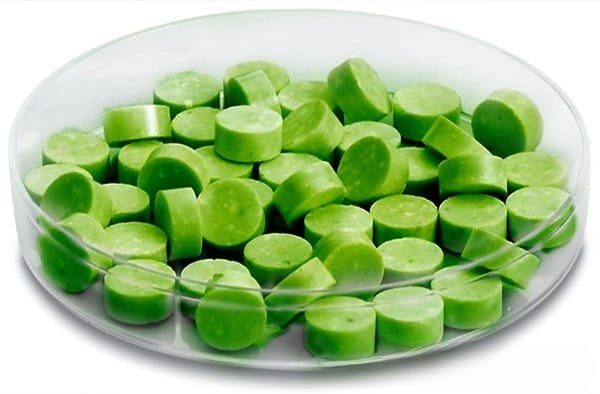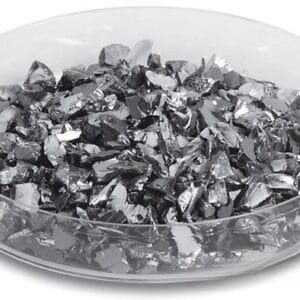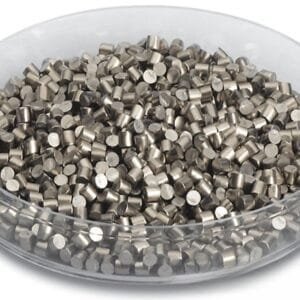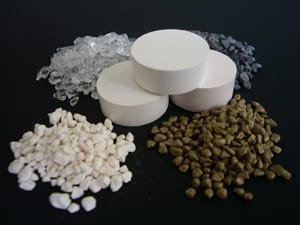Nickel(II) Oxide Evaporation Materials Overview
Nickel(II) oxide (NiO) is a high-purity oxide evaporation material crucial for producing top-quality thin films in deposition processes. Known for its superior purity, reaching up to 99.9995%, nickel(II) oxide is essential in ensuring reliable performance in various applications. TFM is dedicated to manufacturing this material with stringent quality assurance processes to deliver consistent and dependable results.
Specifications of Nickel(II) Oxide Evaporation Materials
| Material Type | Nickel(II) oxide |
| Symbol | NiO |
| Color/Appearance | Green solid |
| Melting Point | 1,955 °C |
| Theoretical Density | 6.67 g/cm3 |
| Purity | 99.9% |
| Shape | Powder/ Pellets/ Granule/ Custom-made |
Applications of Nickel(II) Oxide Evaporation Materials
Nickel(II) oxide is widely utilized in a variety of applications, including:
- Deposition Processes: Essential for semiconductor deposition, chemical vapor deposition (CVD), and physical vapor deposition (PVD).
- Optical Coatings: Used in wear-resistant coatings, decorative finishes, and display technologies.
Packaging and Quality Assurance
To maintain the highest quality standards, nickel(II) oxide evaporation materials are carefully tagged and labeled for easy identification. Packaging is designed to protect the materials from any potential damage during storage and transportation, ensuring they arrive in perfect condition.
Contact Us
TFM is a leading supplier of high-purity nickel(II) oxide evaporation materials, available in various shapes including tablets, granules, rods, and wires. Customized forms and quantities can also be arranged to meet your specific requirements. In addition to evaporation materials, we offer a range of evaporation sources, boats, filaments, crucibles, heaters, and e-beam crucible liners. For inquiries about pricing or materials not listed, please reach out to us.


 MSDS File
MSDS File



Reviews
There are no reviews yet.